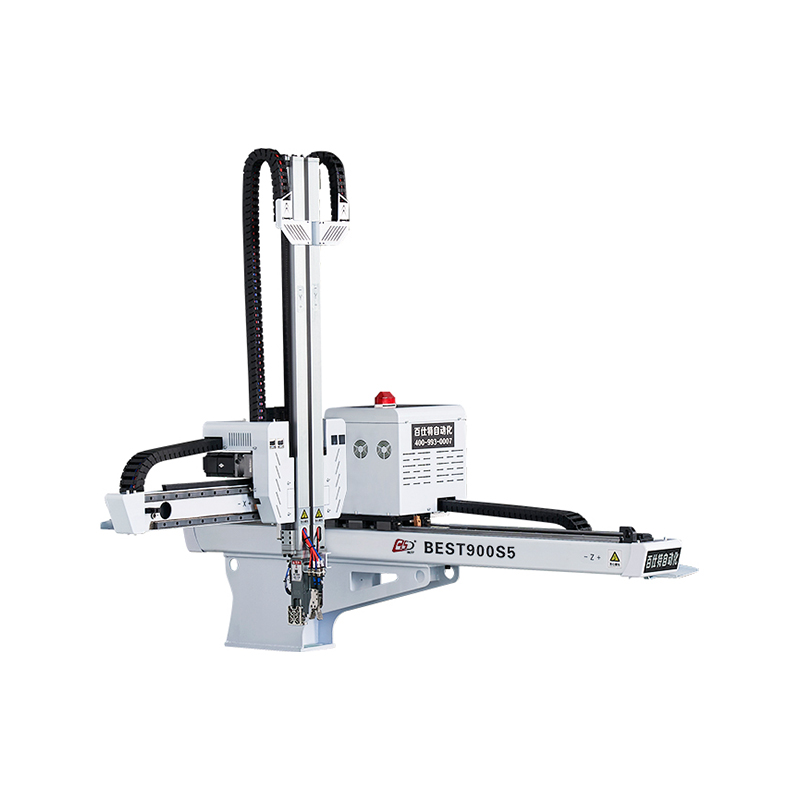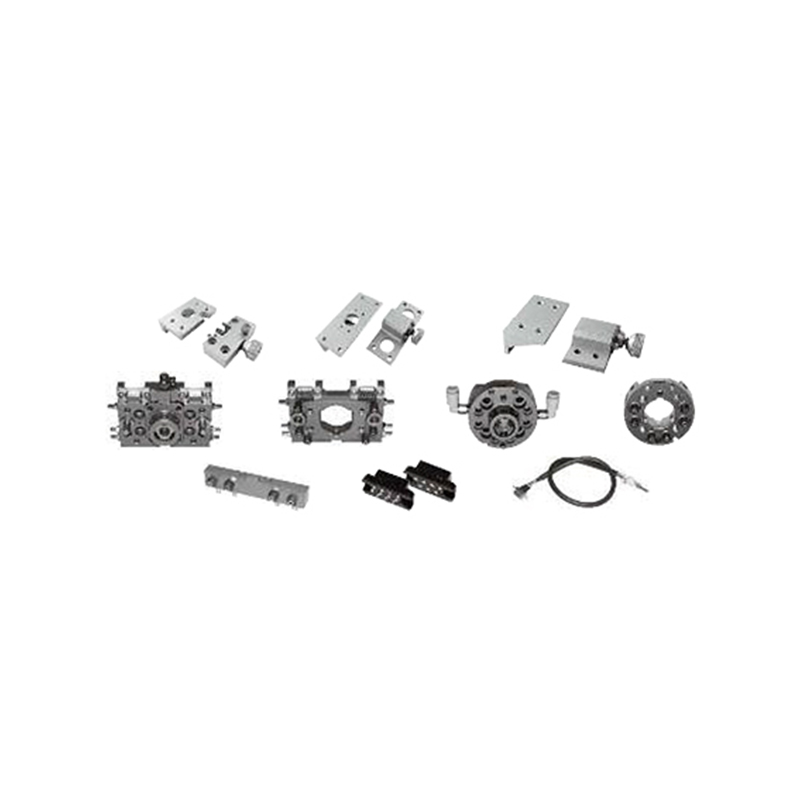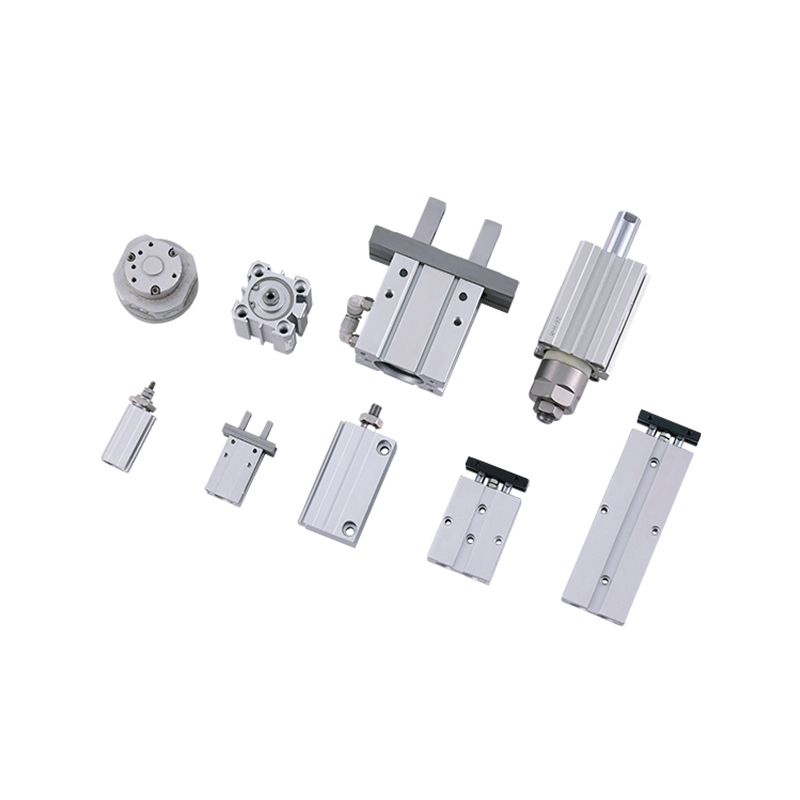The automotive and manufacturing industries have long relied on welding as a crucial process for joining metal components. Among the various welding techniques, spot welding, and resistance welding are widely used for their efficiency and versatility.
Automation in spot welding is a technological advancement that enhances the efficiency, precision, and safety of this widely-used metal joining process. By employing robots and advanced control systems, automation in spot welding can perform repetitive tasks with high accuracy, reduce human error, and improve overall productivity. This integration of automation also helps in achieving consistent weld quality, reducing material waste, and small the risk of work-related injuries.
Spot welding is a popular method for joining metal sheets or components by applying heat and pressure at specific points. This technique is commonly used in the automotive industry for assembling car bodies and in the manufacturing of various metal products. The process involves the use of electrodes to apply pressure and electrical current, which generates heat and melts the metal at the joint, creating a strong bond.
Integrating automation into the spot welding process offers several advantages. Automated spot welding systems can:
Improve precision: Automated systems ensure consistent electrode force and positioning, pilot to more accurate and uniform welds.
Enhance productivity: By automating the welding process, manufacturers can increase production rates and reduce downtime.
small labor costs: Reducing the need for skilled welders can lead to significant cost savings for businesses.
Ensure worker safety: Automating hazardous welding tasks can help protect workers from potential injuries and health risks.
Resistance welding is another widely used technique for joining metal components. It involves the passage of electrical current through the workpieces, generating heat due to the electrical resistance at the joint. This heat melts the metal, creating a strong bond. Resistance welding automation involves the use of robotic systems, programmable controllers, and advanced sensors to automate the welding process.
Increased accuracy: Automated resistance welding systems can precisely control the welding parameters, such as current, time, and force, resulting in consistent and high-quality welds.
Enhanced productivity: By automating the resistance welding process, manufacturers can achieve higher production rates and reduced cycle times.
Reduced labor costs: As with spot welding, automating resistance welding can small the need for skilled labor, pilot to cost savings.
Improved safety: Automating resistance welding tasks can help protect workers from potential hazards associated with the process.
While automation in spot welding and resistance welding offers numerous benefits, there are challenges to consider. These include the initial investment in equipment, the need for skilled personnel to operate and maintain the systems, and the potential for system downtime due to technical issues.
Advancements in robotics, artificial intelligence, and sensor technology are expected to further enhance the capabilities of welding automation systems. This will lead to even greater efficiency, precision, and safety in welding processes, ultimately transforming the way manufacturers approach metal joining.
Automation in spot welding and resistance welding has revolutionized the way manufacturers approach metal joining processes. By offering increased precision, productivity, and safety, these automated systems are becoming increasingly essential in the automotive and manufacturing industries. As technology continues to advance, the future of welding automation holds great promise for further improvements in efficiency and quality, driving innovation and growth in the manufacturing sector.



 English
English 中文简体
中文简体 русский
русский Español
Español عربى
عربى












